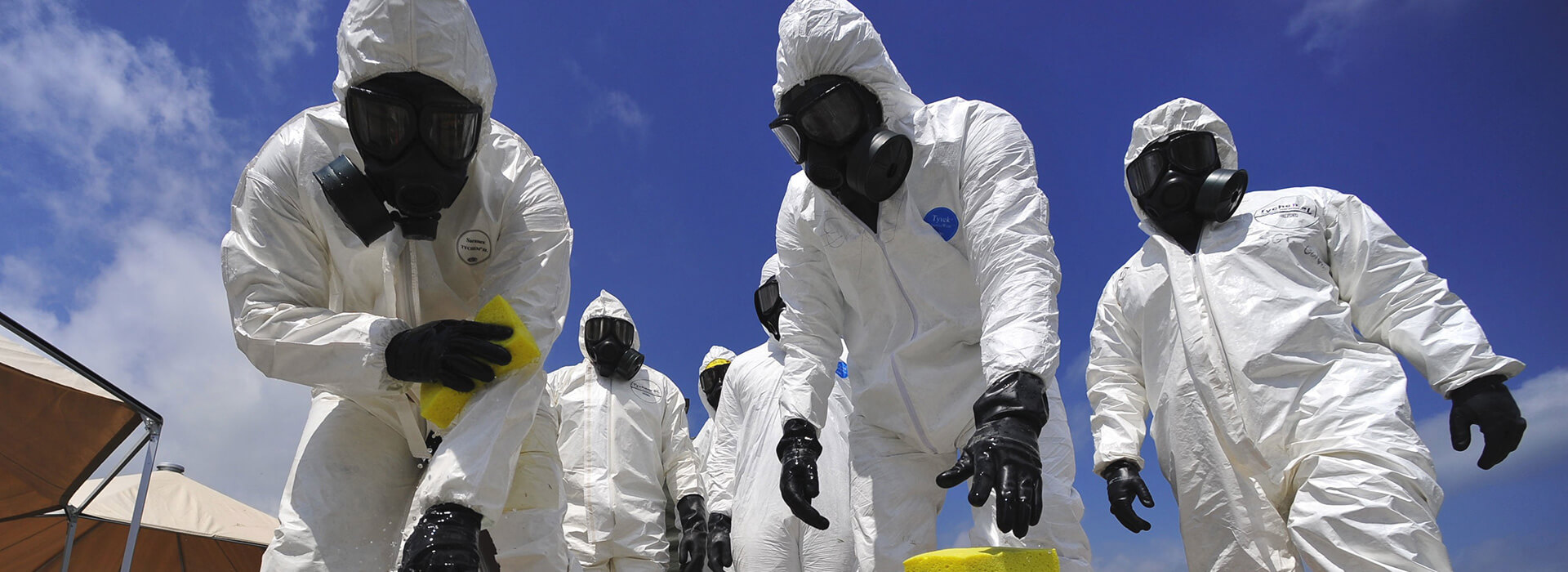

Spunbond fabrics and therefore all nonwoven fabrics have three basic properties:

While producing nonwoven fabrics, some traditional textile processes such as carding, drawing, roving, spinning, weaving or knitting are abandoned. All types of fibers are used to produce these fabrics. The following factors are mainly considered in fiber selection: cost effectiveness, ease of processability and desired end use properties of the web.
Among the most commonly used fibers are synthetic fibers such as polypropylene, polyester, polyamide and rayon. These are followed by natural fibers such as cotton, jute, flax and wool. Due to impurities and higher costs, natural fibers are not much preferred for the production of nonwovens. Meanwhile, some special fibers such as glass wool, carbon fibers, nanofibers, bicomponent fibers and superabsorbent fibers are also used. Generally, two or more fiber types are used in nonwoven fabric production. Fibers are often blended to improve the strength and other performance properties of nonwovens. The fiber blend can be natural / natural, synthetic / synthetic or natural / synthetic.
Fiber properties affect not only nonwoven fabric properties but also processing performance. At this point, the basic parameters are: web cohesion (molecular attraction force of the network), fiber breakage, web weight homogeneity. These parameters are affected by fiber diameter, fiber length, fiber shrinkage properties, fiber finishing and crimp. The properties of nonwoven fabrics depend greatly on the fiber properties and the structural geometry of the fabric.
Spunbond fabrics must perform the same as traditional textile fabrics and therefore must pass the necessary tests. For the resistance tests of materials, one of these tests, to penetration with synthetic blood, the ASTM F1670 standard designed by the American Institute of Testing and Materials (ASTM) is complied with. This standard provides test methods for synthetic blood penetration resistance of woven and non-woven fabrics in the construction of protective clothing.
Our organization, among numerous testing, measurement, analysis and evaluation studies, with a trained and expert staff and advanced technological equipment, within the framework of national and international standards, to demanding health institutions and manufacturing companies,Within the scope of bond fabric testing services, it provides testing services for the penetration resistance of materials used in protective clothing in accordance with ASTM F1670 standard.
To get an appointment, to get more detailed information or to request an evaluation, you can ask us to fill in our form and reach you.